 This week's "story" will be about our latest class of inductees into our Mount Olivet Monument Hall of Fame. Plenty more on that in a moment, as I would be remiss not to remind our readers that this blog is uniquely inspired and influenced by gravestones week in, and week out. That reminds me of something I must make sure you know: Mount Olivet Cemetery sells and designs grave monuments! It's true, and not just a shallow marketing pitch. Now this may be something that many Fredericktonians and Frederick Countians (and beyond) are well aware of, yet there are some folks that likely have no idea. It's understandable as a rival monument dealer is strategically located directly across from our cemetery front gate-a brilliant marketing move which continues to illustrate the real estate mantra of "location, location, location." Custom grave marker sales is something Mount Olivet has been doing for about 20 years now. Our staff has designed, and placed, hundreds of memorials over this period. You certainly have your choice to choose from and shop around, and we get the same "rocks" from the same US quarries as our competitors. We also have had special orders involving the utilization of exotic stone from overseas locations. A key selling point lies in "the one-stop shop approach." Since we work with the customer on purchasing their burial plot, and related grave opening-closing services, why have them deal with an outside firm for the memorial/grave monument that will be placed here? Mount Olivet staff will also be the ones excavating and providing the appropriate cement foundation (for a stone marker), while having the ultimate responsibility in providing overall care and maintenance for the customer's burial lot, and surrounding cemetery, into perpetuity. As is the case with the thousands of grave monuments on our hallowed grounds, the Mount Olivet Cemetery corporation will always be here as it has been since 1854. We don't plan on going anywhere in the future. More than that, money spent on a stone at Mount Olivet doesn't go to a business owner or shareholder, but is solely used in operating and enhancing the cemetery. Doesn't it make sense to obtain a gravestone from us as well? It's interesting to see the variety of choices to memorialize loved ones. You just need to drive or walk through the cemetery to see our vast showroom of models. And that is exactly what some people do. Customers in the form of Mount Olivet lot-holders often take pictures of gravestone shapes, styles and sizes that interest them. They present these images when meeting with our sales team of Meghan Murphy and Rick Reeder. Many times, they will accompany the customer on sightseeing sojourns where the customer can point out aspects of existing stones that they like. Meghan and Rick can easily incorporate these ideas and examples into a design for a custom stone. They also have at their disposal thousands of designs and styles that are available from our vendors and can share these during meetings and appointments. When it comes to choosing and designing a grave monument, remember the old adage, if you can dream it, you can do it. If anything else, shop your preferred stone design idea to different vendors for estimates, but please give us a chance to show you what we can do for you. Now, since we are on the subject of monuments, I promise that you won't find a larger and eclectic collection in central and western Maryland than Mount Olivet Cemetery. The only one that comes close is our sister-"garden cemetery" of Rose Hill Cemetery in Hagerstown. We boast an evocative "museum of marbles" and "gallery of granites." Back in 2017, we launched the Preservation and Enhancement Fund of Mount Olivet Cemetery, a 501 © (3) nonprofit entity with a goal of showcasing and securing our amazing cultural landscape. As many know, we possess a unique blend of nature, art, and architecture symbolically memorializing the human condition. With the assistance of cemetery staff and our Friends of Mount Olivet (FOMO) membership group (begun in Spring, 2020), the non-profit's mission is to preserve the cemetery's historic records, on-premises house and chapel structures and, most noticeably, thousands of vintage gravestones and monuments. Our hope is to educate visitors and Frederick residents alike by sharing the fascinating background of Mount Olivet and those who reside in it, numbering nearly 41,000. The “Friends” group is active in related activities designed to generate enthusiasm in not only history research and gravestone preservation, but continued fundraising while spreading community awareness of this special place. We attempt to accomplish this through engaging and entertaining educational lecture programs, walking tours, special events and anniversary commemorations.  Two summers back, our Friends group established the Mount Olivet Monument Hall of Fame. We inducted seven monuments, including our most famous in Francis Scott Key, as part of the inaugural class. In talking with colleagues and other members of our Friends group, we found it best to frame this new “Hall of Fame” on the look and design of the monuments, themselves, and not on the person(s) buried beneath. So, it is the above-ground masterpiece of art and craftmanship that provides the criteria for consideration, nomination and election to our “Mount Olivet Monument Hall of Fame.” Unlike other "Halls of Fame" (ie: sports, music, etc.), we didn't have to build a gallery on our grounds, as we already have one! The memorials are already in place, some for well over a century and a half already. All inductees appear in the form of a virtual gallery on the MountOlivetHistory.com site. In 2022 and again this past summer, we put the task of Hall of Fame voting to our Friends of Mount Olivet. A nominating committee within the Friends group was formed in early summer and headed up by Mike and Sheila Schaden. Nominees (put forth by Friends members) were submitted throughout the summer and a narrowed down list of 20 was officially introduced at this year's annual picnic in late August. The voting commenced with both in-person, online and mail-in ballot from our FOMO membership. The votes have been tabulated and certified as we proudly share our class of 2023 inductees for the Mount Olivet Monument Hall of Fame. Seabrook "Praying Child" Monument Location: Area A/Lot 95 Date of Placement: after 1902 Decedents: L. S. Seabrook This appears to be a small monument of a naked child praying. In doing a little online research, I found this same design displayed in several other cemeteries such as Mount Auburn Cemetery in Cambridge, Massachusetts, New York's Albany Rural Cemetery in Albany and Schenectady's Vale Cemetery, Green-Wood Cemetery in New York City Brooklyn's vast Green-Wood, and Union Grove in Canal Winchester, Ohio, Oakland Cemetery in Atlanta, Forest Hill in Boston, Elmwood Cemetery in Detroit, and Mount Auburn (the original "garden" cemetery). Examples also appear in Ireland and England. Some of these figures were marble, one was white zinc.  Kneeling child at prayer, Galleria d'Arte Moderna, Genoa-Nervi Kneeling child at prayer, Galleria d'Arte Moderna, Genoa-Nervi Author Paula Lemire of a blog entitled "Beyond the Graves" wrote of this design in an April, 2016 blog: "The little figure was originally the work of Florentine sculptor Luigi Pampaloni (1791-1847). Created around 1826, the figure was originally one of a plaster pair; a sleeping girl and a kneeling boy beside her. On a visit to Pampaloni's studio, Countess Anna Potocka commissioned a marble copy of the boy for the grave of her young daughter Julia in Krakow. The statue, which shows a child kneeling with one knee raised and one foot tucked behind, clasped hands, an upturned face, and long curls, became quite popular and copies some appeared in gardens and cemeteries. Appealing to popular sentimental taste, plaster, alabaster, and porcelain examples could be found in parlors and drawing rooms. Some examples include wings. In some versions, the child kneels on a cushion, where others omit the cushion." This was a popular design of the era and well known to lovers of art and sculpture. Ms. Lemire, in her blog, included a few vintage newspaper advertisements in the 1870 Albany Commercial & Business Directory for monument dealers. These competing stone-carvers distinctly show "the praying child" as a familiar option for funerary art. This monument in Mount Olivet is not used as a larger monument topper, as can be found in many of the places mentioned above. Here it marks the grave of L. S. Seabrook, an infant who died in 1867. Not much more is known of this child belonging to William L. W. Seabrook and wife Harriet P. Seabrook. I venture to say that the baby's name could have been Luther, as that is one of his father's middle names (Luther Wesley). A few feet away in this lot, four other Seabrook children are buried under a miniature obelisk with respective names on each of four panels. Two have the name of Stanley, so perhaps that name (Stanley) could have been the "S" in L. S. Seabrook? Bopst Family Monument Location: Area L/ Lot 192 Date of Placement: after 1901 Decedents: Bion Eugene Bopst, Mary E. (Bruchey) Bopst, Grace E. (Orem) Bopst, Annie Betson The Bopst monument is among the most beautiful in the cemetery. In my first year on the job here, I took several pictures for use in marketing materials for Mount Olivet such as brochures, our website and Facebook. Ironically, I also used a beautiful fall time photograph I had taken for a title page within a PowerPoint presentation I often give on the preservation mission we have here at the cemetery. How's that for some foreshadowing? I'm so pleased to have it recognized in our Monument Hall of Fame. This monument in Area L, not far from the rear of the Key Memorial Chapel, is a pleasant sight for sore eyes and restoration success story. For quite some time, earlier this year and the fall of 2022 that preceded it, the Mourning Woman statue that adorns the top of the Bion E. Bopst family plot marker was "out for repairs." This certainly topped its previous "headless" condition throughout the previous three years—the result of damage from a falling tree during a violent thunderstorm that hit the cemetery in April, 2019.  Williams Monument Williams Monument The "Mourning Woman" is derived from Classicism and its association is with ancient Greece and Rome. When it comes to Victorian era cemeteries, these sentinels have been on duty for well over a century and a half. They patiently watch over and grieve for the departed. Each represents an eternal mourner, often with a veil covering her head and swathed in flowing robes as she keeps vigil. Our Mourning Woman here in Mount Olivet even holds a wreath in her arm to symbolize a "victory over death and, moreso, remembrance." A like statue can be found in our inaugural Hall of Fame Class of 2021 and located in Area R where it memorializes the John H. Williams family. Mr. Williams was a prominent banker who gave Frederick "Charity" the dog, an iron statue in front of his former home on South Market Street. The Bopst "Mourning Woman" in Area L/Lot 192 was placed over a lot purchased by Mr. Bion Eugene Bopst in 1901 as a place to re-inter his first wife, Mary E. (Bruchey) Bopst. Mary had died five years earlier in November of 1896, at the tender age of 37. She was originally buried in Utica Cemetery in the quaint hamlet north of Frederick City and along Old Frederick Road that boasts one of the county’s oft-photographed covered bridges. Today, the adjoining church is known as St. Paul’s Evangelical Lutheran. I don’t know what prompted this move to Mount Olivet, but I deducted that her burial at Utica could have been precipitated by the presence of relatives tied to her mother's (Margaret Jackson Bruchey) Jackson family that had ties to the Woodsboro area. Regardless, Mary Elizabeth (Bruchey) Bopst was re-buried here in Mount Olivet on November 14th, 1901. I could not find any further information on the exact date of the memorial placement of our “Mourning Woman” on Area L, but I would surmise that it went in at the time of Mary’s re-interment, which would have generated a central “family” monument with her last name to give proper context to her individual, raised foot stone. Read more about this monument and its restoration with the original "Stories in Stone" article from March, 2023. "Our Darling Adelaide" Memorial Location: Area H/Lot 361 Date of Placement: after July 1890 Decedents: Adelaide Derr At 10 months and 18 days of age, it should come as no surprise that Adelaide Derr's parents chose to adorn her grave with a statue of a child. The figure is holding a cross with a flower atop, almost like a parent would cradle a baby. I couldn't find an exact duplicate of this design, but did locate simarly-themed grave markers including one in Memphis, Tennessee's Elmwood Cemetery. Adelaide was born on August 18th, 1888. She was the daughter of Millard (later Milton) Taylor Derr and wife Mary C. Smith. She did not have a long life at all, but it was one that hopefully brought joy to her parents throughout the duration. Not all children received obits, however "darling" Adelaide did. The obituary for our decedent claims that she died at exactly 1:50am on June 30th, 1890.  Adelaide's brother, Milliard Arthur Derr (1882-1956) Adelaide's brother, Milliard Arthur Derr (1882-1956) Adelaide's father worked as a butcher (as did his father before him). The family lived at 308 West Patrick Street (west of Bentz Street). A Sanborn Insurance map from 1887 shows a sausage making facility in their backyard, as well as a slaughter house next door and behind (Millard's father) Daniel Derr's house. Note that today's Degrange Street was originally known as Derrs Street or LeGrange Street. The Derr sausage factory backs up to the Frederick County Jail, which once fronted on West South Street. Today, the old jail is home to the Frederick Rescue Mission. That neighborhood has a tradition of being lively! The Derrs had had one other child, Millard Arthur Derr (1882-1956). He was a veteran of World War I and spent 30 years in Detroit after the war working as a civil engineer. Millard Arthur died in Detroit but was buried in Salisbury, Maryland's Parsons Cemetery with his wife Nancy (Hooper) and her family, not in Mount Olivet with his sister and parents. Mother (Catherine Michael) Monument Location: Area H/Lot 397 Date of Placement: after 1858 Decedents: Catharine (Bernhart) Michael This monument has been featured in FaceBook posts on Mother's Day for good reason as it is a memorial ode to a maternal figure. The sentiment near the base of this stone reads "Rest Sweet Mother Rest." Above this, a bible passage (Philippians 1:21) is featured in which the apostle Paul said: "For to me, to live is Christ and to die is gain." Another verse appears beneath but is hard to make out. The decedent here is a woman named Catharine Michael (born Catharine Bernhart on January 4th, 1804). Catharine was married three times. Her first husband was John Coe. The couple was married in 1820 and apparently lived in the Mechanicstown area. Coe died in 1833 and is buried at Israel's Creek Meeting House Cemetery in Walkersville. She next married John Baker in 1835 and had daughters Caroline (Baker) Mory (who is also buried in H/397), and Sarah. They lived in the Middletown District. After John Baker died in 1837, Catharine, serving as executor, sold his 78.5 acre farm and his 42 acre farm. She bought a half-lot in Middletown located just east of the Lutheran Church on Main Street. She later bought a half-lot at what is now 108 W. Main St. In 1850, Catharine married Isaac Michael, a farmer in the Middletown Valley who is shown on the 1858 Bond Atlas map living on Burkittsville Road. Catharine died at age 54 on February 28th, 1858. It is highly likely that Catharine's daughter, Caroline (Baker) Mory (1836-1896), is the one responsible for the sentiment on the stone's face. A draped urn completes this monument as the vessel itself is a representation of those used to carry the remains of the dead, while the fabric symbolizes the veil that separates the living and the dead, and the thin line that separates them. Kintz Tree-Cross Monument Location: Area H/Lot 156 Date of Placement: after 1922 Decedents: Dorothy A. Kintz Dorothy Arbelinan Kintz did not have the opportunity to celebrate her "Sweet 16" birthday, as she would pass five months prior at Frederick's City Hospital from peritonitis. The daughter of Jacob Kintz and Johanna Christiana Heinrich was born August 8th, 1906. Dorothy's father was a metal worker, and her mother a German immigrant who kept house. The family lived at 228 East 7th Street. Dorothy traveled to Germany when she was five years old to spend two months with relatives. She was an employee of the Union Knitting Mills at the time of her death. Cross memorials appear regularly in cemetery art and ornamentation. They generally denote Christians, and more specifically Christ's sacrifice and resurrection. This monument is truly different as it is crafted in marble as if it were made out of tree limbs. On top of this, faux ivy covers this cross. Stone-tree memorials like this usually symbolize eternal life or fertility. This seems to be a fitting memorial for this young lady on the cusp of womanhood. Kehne Children Monuments Location: Area L/Lot 36 Date of Placement: after 1902 Decedents: Helen E. Kehne, Blanche M. Kehne, John Edgar Kehne, Pearl C. Kehne There are many cemetery symbols of iconography that seem to be ubiquitous—the lamb is certainly one of them. When traversing a graveyard, if you see a tiny lambs on a stone, you most likely have the grave of a child. These lambs come in many sizes and positions—usually you will find these straddling small tombstones or foot stones. The lamb is the symbol of the Lord, the Good Shepherd. The animal also represents innocence, likely the reason for this motif commonly adorning the tombstones of infants and young children. Most often the lamb is lying down, often asleep and sometimes with a cross incorporated into the design. In a few places within Mount Olivet, one can find clusters of graves topped by lamb monuments. Area L is one of these, and boasts four such monuments (topped by this animal) in the family plot of William Richard Kehne (1879-1945). Kehne worked as an engineer with the Ox-Fibre Brush Company located on East Church Street extended. He married Blanche Virginia Cutsail and the family welcomed their first child in 1907. He was named William Cutsail Kehne in honor of both parents. The family lived nearby William's worksite, residing on Wisner Street in the 1910 Census, and at 501 East Church by the 1920 Census. During the teens decade in between, the Kehnes would gain three more family members, but lose four. These children constitute the row of lamb-topped gravestones that have been chosen for Hall of Fame induction. The four are shown below. Please note that Helen Kehne passed first, and a different marble mason/company appears to have been employed by the family as the sheep, shape of dye, design and vital information is completely different than the other three. It goes without saying that the loss of a child is excruciatingly difficult for any parent to deal with. This couple dealt with the loss of four children over a seven-year span. One is too many for most to deal with, but this was a time a century ago when children mortality was high and medicine was not what it is today. As you just read, the Kehne children died of such maladies as pneumonia, infant cholera and meningitis. These can be handled more routinely by the physicians of today, and the highly improved treatments and recovery regiments currently available. I'm sure the Kehnes cherished their three remaining children (William, Arthur and Thelma) who would grow into adulthood. It's a sad thing to see those small groupings of baby sheep at a cemetery. This is just one more example. God bless, and hold, parents such as William R. and Blanche Kehne. Those who endure (and survive) the loss of a child are certainly the strongest among us. Stull Family Monument Location: Area T/Lot 66 Date of Placement: around 1920 Decedents: Singleton Stull and wife Emma J. (Conrad) Stull The monument on Area T/Lot #66 belongs to a couple by the names of Singleton (1851-1930) and Emma (Conrad) Stull (1851-1920). I wrote an article about them back in April of 2023. Their monument could be the work of local stonemason Howard G. Taylor (1875-1961), buried a few short yards to the north. This large and hearty stone features an ancient building, seemingly a temple, in a state of free-falling collapse. Carved by hand, the structure is crafted to appear as if enshrined within the shell of the larger boulder. On exterior of the outer shell, we find second artistic element, and another can be found as well on the temple. One is a strand, or vine, of flowers in full bloom, and the other is a lone feather. Since we can easily judge the architecture depicted on the Stull monument as ancient, I thought the answer would either lie in Greek or Roman history, the Bible, or both. I had someone mention to me that it may signify Pompeii, a victim of Mount Vesuvius. I didn’t see the symbolism in a destructive volcano wiping out civilization being something you’d want to put on your grave marker, unless of course you were a victim of said Vesuvius—and those poor souls didn’t have much of a say in their burial as it happened without warning. Another individual offered the story of Joshua and the Wall of Jericho. In the case of Jericho, the bible lesson here reminds us that walls can be a source of imprisonment and division, but God fulfills what He promises. Is this a “shout out” to the promise of heaven to the faithful? I re-read some interpretations of this Bible story and learned that some scientists have theorized that the walls of Jericho were destroyed by an earthquake and not seven priests blowing trumpets. Regardless, the depiction on the Stull stone looks more like the famed Paestum Temple in Salerno (Italy) than an ancient city wall in Palestine's West Bank. READ MORE "STORY IN STONE" Thomas Floral Monuments Location: Area F/Lot 24 & 26 Date of Placement: after 1902 Decedents: William Hamilton Thomas, Susannah Thomas, Martha Ritchie (Hanna) Knight The floral carvings on these monuments are amazing, exhibiting expert craftsman skills by the talented stonemason who performed this work. These lasting memorials were likely quite expensive, but based on other stones in this lot and those adjacent, money was no object. Within feet is an earlier inductee of the MOC Hall of Fame with the Celtic Cross marker of John Knight McDannold made by Tiffany's of New York around 1899, the year of the decedent's passing. Susanna Hanna (Knight) Thomas was raised in Indiana but later in life moved here. A few of my earlier "Stories in Stone" blogs focus on her grandnephew, John Knight McDannold, and also her brother, John Knight. This latter gentleman has a large, impressive monument a few feet away in an adjoining lot, and was very wealthy at the time of his death in 1864. As a matter of fact, Mr, Knight died in Biarritz France, and his body was brought overseas for burial in Mount Olivet --something rarely done at the time for monetary and public health reasons. Susannah's husband, William Hamilton Thomas (1835-1917), had roots in Frederick, as did his wife, and had done very well for himself going into his father Edward C. Thomas’s oyster and fruit packing business. This was started several decades before in Baltimore. The couple had three daughters: Florence, Fannie and Marcia Virginia. Marcia Virginia Thomas was featured in a past "Story in Stone" feature as she died due to a terrible drowning accident while the family was vacationing at Rangeley Lake, Maine in 1892. Recently, the Friends of Mount Olivet monument restoration and repair team "up-righted" Susannah's mother's monument as it had been face down from a fall several years ago. This was Martha Ritchie (Hanna) Knight (1811-1887). Mrs. Hannah's gravestone was the model for the same floral design and craftsmanship that would be employed for both Susannah and William's stones. Martha Ritchie (Knight) Hanna was the daughter of James Knight and Mary McCleery who married in Frederick in 1804, but moved to Indiana shortly thereafter. Sources vary as to where Martha was born, some say Maryland and others Indiana. She married a John N. Hanna and lived in Brookeville, Indiana with had daughters Elizabeth and Susannah. By 1840, Mr. Hanna ( some sources refer to him as Gen. Hannah) had apparently died, leaving as Martha with her two daughters to raise. In 1841, Andrew McCleery" in consideration of the natural love and affection which he hath and beareth to Martha, as also for the better maintenance, support, livelihood and preferment of her" sold her part of the "Old Shop Lot" on the north side of the eastern end of the market house ground. Martha sold this lot in 1852 to the Mayor and Common Council of Frederick. She apparently rented housing after that. Daughter Susannah married William Hamilton Thomas in Frederick in 1859. Susannah bought 19 South Stricker Street in Baltimore in 1871. By 1880 Martha was living there with William and Susannah Thomas. William Thomas died in 1917, and his wife died three years later. Another signature element included on these three monuments is a draped cloth atop the stone. This represents a veil, or curtain, that separates the living from the dead. The old expression "It's curtains for you" was derived from the world of dramatic stage production, when the final 'curtain' was drawn across the stage at the conclusion of a performance. I'd say it's time for me to draw the curtains on this article. So there you have it, the Class of 2023 for the Mount Olivet Monument Hall of Fame. To see earlier inductees, click the Monument Hall of Fame link under the MORE header tab (upper right on the MountOlivetHistory.com homepage.
Every stone, already here and yet to come, has a chance to make our little Hall of Fame. But more importantly, let us help you make your gravestone or marker the way you want it. Express yourself and your personality if you please—it's an eternal monument that represents a life well-lived, and will make sure you aren't forgotten like the people we talked about in this week's blog.
1 Comment
This time September, back in the year 1862, must have been an interesting and contemplative one for Frederick resident Edward Buckey, then the current president of the Frederick County Agricultural Society. Two years prior, he was busy planning for a one week county fair in October. In 1861, the fears and anxieties associated with a Civil War put the "Kabosh" on a successful run of annual exhibitions because the fair's local home would be needed for the war effort. The particular week, and those to follow September 17th, 1862 saw hundreds of newcomers coming to Frederick. These were not the annual fairgoers, but rather wounded soldiers. You see, September 17th, 1862 marked a significant date that would go down in history. It remains that of the deadliest single-day battle in American history with 3,675 killed and total casualties numbering 22,717. We know it as Antietam. Sharpsburg, Maryland, the scene of battle, was only 30 miles away, and Frederick's residents would see casualties brought to town to local hospitals. This had actually begun happening a few days earlier as the Union and Confederate armies had squared off in pitched battles on September 14th at three mountain gaps atop South Mountain, dividing line between Frederick and Washington counties. Fittingly, this conflict, the first battle on northern, or Union, territory, became known as the Battle of South Mountain. The Confederates had come to Frederick after crossing the Potomac River in that first week of September, and stayed here for about five days before departing on September 10th. With an invading army in town, the last thing on the mind of residents was the annual county fair and the livestock competitions, food and amusements that comprised an agricultural fair at the time. Now this was certainly not “Fair Week,” as our annual agricultural exhibition was generally held in October, corresponding with traditional Oktoberfest time, as a celebration of the end of growing and harvest season. The frivolity of the agricultural exhibitions here had actually been slightly challenged back in 1859, as the community was still abuzz with talk and sentiment regarding John Brown’s recent raid on Harper’s Ferry. It was also that fall, Frederick County received the distinct honor of hosting the 20th Annual Exhibition of the Maryland State Agricultural Society from October 25-27, 1859. For those not familiar with the ill-fated insurrection attempt by John Brown, he and his band of followers orchestrated a deadly raid on the Union military arsenal at Harpers Ferry. Brown had been staging for this event at the Kennedy farm, just over the Washington County line in Pleasant Valley. When he put his plan into effect on the night of October 16th, word reached Frederick by rail the next morning and the nation was alerted of the events from here. Members of Frederick’s fire companies/militia units who regularly performed drills and displays at the annual fair, now had to put their military training to practical use as they were hurried to Harpers Ferry by train, among the first responders on the scene. They would assist Col. Robert E. Lee, Capt. JEB Stuart and the U.S. Marines in the successful capture of Brown and his surviving men. Amidst the local and national excitement this event would have on the local citizenry, the Maryland State Fair commenced at the Frederick Barracks Grounds on October 25th and dictated an excellent exhibition with banner attendance. Hotels were filled, and county residents extended their hospitality, and their business goods and inventories, to throngs of tourists. Of particular interest during this event were the simultaneous benefit events being held by the Ladies auxiliaries attached to fire companies of Frederick. A newspaper account from October 26th reported that the United’s had “on exhibition the hat and a pistol belonging to “old” Brown, a Sharp’s Rifle and a Litchfield Spear, captured by the Guards at Harper’s Ferry.” Meanwhile the Junior Defenders performed military drills for audiences with the accompaniment of The American Band. I haven't seen proof of this anywhere, but I'm sure one of the most popular citizens to attend the fair that year was George Brengle Shope. The Frederick resident was working a carpentry job in Harpers Ferry at the time of Brown's raid, and unfortunately found himself among those held hostage in the engine house. He lived to tell his tale, and would testify in Brown's trial. (NOTE: George Brengle Shope is buried in Mount Olivet's Area H and you can read more about him in an earlier Story in Stone titled "John Brown's Hostage.") The Seventh Exhibition of the Frederick County Agricultural Society was held in October 1860. Unfortunately, the return of the Frederick County fair was clearly overshadowed by the rhetoric and anticipation tied to the hotly contested U.S. Presidential election between Abraham Lincoln, Stephen A. Douglas, John Breckinridge and John C. Bell. Southern Democrat, and former vice-president John C. Breckinridge ran on the slavery platform and was Maryland's winner with 45.93% of the vote (42,482), edging out Constitutional Union candidate John Bell who garnered 45.14% of the vote (41,760 votes). As for the other candidates with much greater name recognition today than the previous candidates, Stephen Douglas received 5,966 votes (6.45%) from Marylanders, and in distant fourth place, Abraham Lincoln had 2,294 votes (2.48%). I read somewhere that Lincoln only received 17 votes in Frederick County. When reviewing results like these, it's not hard to understand the effect of politics and the volatile mood of the country at that time. The city militia units performed drills during the fair, and were joined by county companies such as the Linganore Mounted Guard, Liberty Riflemen, Carrollton Manor Mounted Guard and three others from beyond the county. Soon, these men would be split apart by politics, having to choose respective sides. The military pomp and circumstance displayed at the recent fairs would certainly be an omen of things to come. However, the pageantry would be missing as the goal would be kill, or be killed. Within weeks of the 1860 Frederick agricultural fair, residents would see Abraham Lincoln elected as their new president. (Interestingly, they would eventually see their man John C. Breckinridge four years later, leading Rebel troops here under Jubal Early during the Battle of Monocacy in July, 1864). Southern states would immediately start seceding from the Union in the months to follow. The official first shots of war occurred on April 12th, 1861 in Charleston, South Carolina as Fort Sumter was fired upon. Virginia would join the Confederacy less than a week later and on April 19th, an angry mob in Baltimore attacked federal troops from Massachusetts who were trying to make their way through town. The city would be placed under martial law by the federal government. Frederick would soon become the state capital during the spring and summer 1861. In August, the Potomac Home Brigade was formed as local Union men enlisted for military duty. Others fled south to join the confederacy, such as former Junior Defender Bradley Tyler Johnson, who would take an active part in forming the 1st Maryland Infantry, CSA. The Frederick County Agricultural Exhibition’s home of the Barracks Grounds was permanently commandeered for its intended purposes and would be converted into a Union Military Hospital. Enter the fore-mentioned Edward Buckey as president of the society, ascending to the position in that year of 1861. His role would be eased as there would not be another Frederick Agricultural fair until October of 1868. However, concerns of local farmers would be heightened during the multiple-year “War Between the States.” 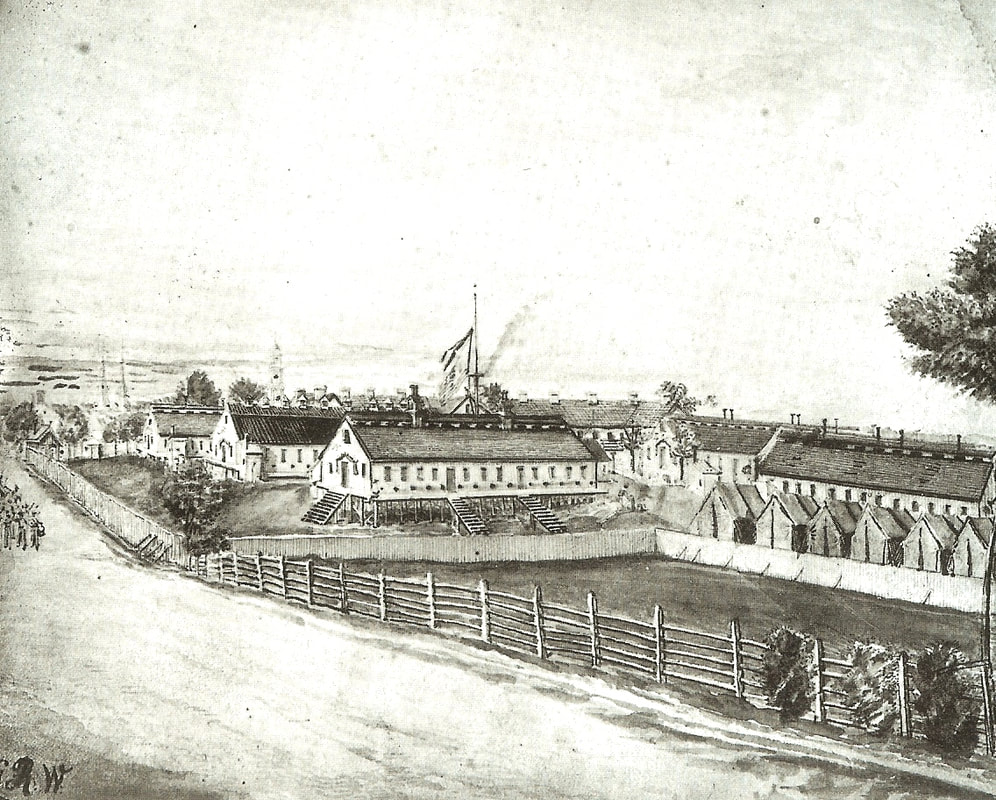 The Barracks Grounds on South Market Street had served home to the county fair through the 1850s but was taken over by the Union Army during the American Civil War. Barracks were constructed to create Union Hospital #1 and would provide care for sick and wounded soldiers of both armies throughout the conflict. Edward Buckey I randomly chose Edward Buckey and the Frederick Fair here as an interesting lens to view world events at that time. This annual rite of fall, the Great Frederick Fair, is a traditional staple of Frederick County. The more things change as Frederick continues to grow, we can count on our history and events such as the fair and Civil War sites to ground us. In the Frederick Fair's realm, it's something that can serve as a time capsule of not only "great" memories for us all boasting the sights, sounds, smells, and thrills of the fair, but also the essence of comaraderie and community. Sadly, that wouldn't be afforded at three distinct times over the past 160 years. One was the period of the Civil War, with a second being the 1918 Spanish Flu Pandemic. Of course, more recently, the third cancellation of the Great Frederick Fair occurred in September, 2020 thanks to the Covid-19 Pandemic. Let's take a look at Edward Buckey, shall we? Born March 7th, 1797 in Libertytown, Edward Buckey was the son of Peter Buckey (1775-1848) and Mary Salmon (1778-1864). His paternal grandfather, Matthias Buckey (1727-1794) immigrated to America around 1750 from Minfield, Rhineland-Pfalz, Germany. Matthias first settled around New Windsor, and eventually bought properties in, and around, Frederick. I was pleased to learn that one of these was land near Little Tuscarora Creek, destined to become the Cloverhill II development off Opossumtown Pike (just north of Frederick Community College). Edward Buckey's father (Peter) was one of eight siblings born to Matthias and wife Mary (Hoffman). Two of these were John and George Buckey who would be responsible for helping to create the crossroads town south of Frederick that bears the family name-Buckeystown. John was a tavern-keeper and blacksmith and George was a tanner. Edward was the oldest of five children, and only son of Peter and Mary. His father bought 13 town lots in Libertytown on South Street and a 30-acre tract in 1812. He also operated a tannery here that would become known as the Angel Tannery and boasted 36 vats according to a newspaper ad in the Frederick Town Herald in 1823. It is assumed that Edward Buckey grew up on the family farm and was apparently educated in local schools. I will say here that in writing an earlier Story in Stone on Elihu Rockwell (namesake of Rockwell Terrace), I learned that Libertytown had an Academy on the east end of town in which Mr. Rockwell was once headmaster. Information about Edward's early life is scarce, but an obituary from the Baltimore Sun states that Edward Buckey was a captain during the War of 1812. This has not been confirmed as yet, and we don't not have him labeled in our cemetery records as such. A cousin, Daniel Buckey, however is part of our Mount Olivet collective of War of 1812 veterans numbering 110. Edward Buckey was an ardent member of the Methodist Episcopal Church. His father was a trustee of the church in Libertytown and had a hand in purchasing land used for the congregation's structure. Edward would move to the Frederick area around the time of his 21st birthday when Peter Buckey bought a 197-acre farm in 1818, said to have been located west of Frederick on "the Old Middletown Road." After tracing the deeds forward, my land research "secret weapon" Marilyn Veek found that this farm (one day owned by Edward Buckey) was located on the south side of Butterfly Lane between Mount Philip Road and Butterfly Ridge Elementary School. Most of this farm property is now the "Emerald Farms" development, while part of it is under I-70, and another part of it is south of I-70 (currently undeveloped and landlocked). I'm jumping ahead in the story but to explain the farmstead a little more in detail I direct your attention to the following newspaper ad from 1866. This was the sale of the property which was known as "Bloomfield Farm." The article describes it as being located "three miles from Frederick". When Edward later sold all the farm animals, crops, household goods, etc. the farm is identified as being two and-a-half miles southwest of Frederick. We are pretty sure that Butterfly Lane is today is what was referred to here as "Old Middletown Road" as opposed to the National Pike/Patrick Street. I found that Edward always listed his occupation as that of farmer in census records. He never married and lived on the family homestead and continued farming. He was appointed an officer for the newly formed "Farmers' Club" organized on November 22nd, 1849. We first see Edward appearing in the 1850 US census living with his mother. This was two years after the death of his father. Meanwhile Edward kept busy with work as one of the trustees of the Methodist Church. He also served a term in the Maryland House of Delegates. On January 12th, 1853, "in obedience to the call of many farmers, there was organized 'The Agricultural Club of Frederick County,' which was to hold annual exhibitions, and monthly meetings for instruction, discussion, etc." It adopted the constitution and bylaws of its predecessor, "the Farmers' Club." Not much more would change over the next decade (of the 1850s) as Edward and his mom would still be co-habitating on the family farm a decade later. I found that Edward Buckey did participate in the Mass Union Convention that occurred in Frederick City in March of 1861. This took place at the Frederick County Court House (today's City Hall) just two weeks after President Lincoln's inauguration. Although a slave-holder, Edward's name appears on the famous handbill that listed Frederick citizens supporting the Union and the president. Could he have cast one of those 17 votes for "Honest Abe?" As I said earlier, the Agricultural Exhibition was canceled in 1861 because of the Civil War and primarily because it had lost its location at the Barracks Grounds south of town. Instead of seeking an alternative space, it was best best thought to concentrate on safety. That summer, Frederick would see senators and delegates from around the state come here to participate in sessions of the General Assembly, having been moved from Annapolis. Things were a bit "too hot and agitated" in Annapolis with its southern leanings, so the governor proposed Frederick as a conservative temporary home that summer and early fall. The following years saw the Maryland Antietam campaign (battles of South Mountain and Antietam) occur in 1862 as already chronicled, and the summer of 1863 brought another major battle just up the road at Gettysburg. Soldiers were plentiful in Frederick before and afterward, but thankfully for Edward these were Union boys. As if the Civil War wasn't stressful and upsetting enough, Edward had an ailing mother to care for. She would pass in March of 1864, and he and his siblings had her body buried in Mount Olivet within the family plot in Area F (#33) where his father was laid to rest in June, 1848. Four months after his mother died, Edward's farm would be along the route that Confederate Gen. Jubal Early would bring his invading army into Frederick in early July, 1864. The ensuing Battle of Frederick occurred nearby at the vicinity of Linden Hills, and the Battle of Monocacy down at the railroad junction the following day. Throughout this episode, Frederick would be ransomed for $200,000. Thankfully, local banks paid up and the town was spared. Obviously, there would be no fair in the fall 1864, and even though the war ended in April, 1865, the hospital center would still be in use. I'm curious as to the lack of a fair held in the fall of 1866, but some activity took place the following year that would redefine the annual exhibition that had been sidelined since 1861. New Home In Spring of 1867, the Frederick County Agricultural Society was re-formed with the selling of 139 life membership tickets. After tasking a special committee with finding a new permanent home for the Agricultural Exhibition, the Society purchased 21 acres of land from its own Treasurer, Gen. Edward Shriver, former leader of the Frederick militia that quelled the John Brown raid. A neighbor, and later Society president, William H. Falconer would also sell land for the “new cause.” I also found that Mr. Falconer was also a member of the Mount Olivet Cemetery Board. Bought for $4,500, these properties were located about a half mile east of Frederick on the north side of the Baltimore Turnpike. Almost immediately, substantial buildings were erected and a race course track was laid out. The Frederick Agricultural Grounds now came into being.  Edward was able to complete his term as president with this great accomplishment under his belt. He would turn the reins over to C. Keefer Thomas as Board president. The Ninth Annual Fair of the Frederick County Agricultural Society was held October 12-15th, 1868. Interestingly there was a definitive Civil War theme. The return of livestock was accentuated with a tremendous entry of cattle, sheep and poultry specimens. Fittingly, the guests of honor were national Civil War heroes in the form of President Ulysses S. Grant and Gen. William T. Sherman, among other members of the President’s Cabinet. The president’s visit on the 14th drew a larger than normal audience as was expected, but this added to the greatest attended fair that the county had ever seen. “I have great pleasure in visiting for the first time the city of Frederick of which I have heard so much during the period of the late rebellion, and which, too, stood up manfully for the maintenance of the whole Union. I expected to visit this city some years ago but found myself unable to do so but now have found so many friends, and have been gratified with what I have seen of your Fair and enjoyed of your hospitality, I hope at some future time to visit you again.” Ulysses S. Grant October 14th, 1868 President Grant and his party dined at the Fairgrounds and watched the newest feature to the Frederick event…harness racing, a horse competition in which the animals race at a specific gait (a trot or a pace) while pulling a two-wheeled cart called a sulky. Among the many trials of speed held during this fair, was a $500 premium that went to the horse “Patchen” from Philadelphia who made the mile in 2 minutes and 45 seconds. Owen Bowie, the Governor of Maryland was also on hand for the 1868 event. An avid horseman and breeder of thoroughbreds, Bowie would be responsible for bringing Pimlico Race Track to the state thanks in part to a successful gambling wager made by himself and associates. President Grant would keep his promise, and returned to Frederick and the next fair in October of 1869. In addition to members of his cabinet, a host of former governors and the mayor of Washington D.C., the president was accompanied by the United States Marine Band. From Frederick’s B&O Station on Market Street, the band headed a procession of carriages that carried the distinguished visitors to the fairgrounds. President Grant would visit the fair for two days . In the years to come, Edward Buckey continued working with the Frederick Agricultural Society and put his efforts toward serving his beloved Methodist Episcopal Church. After settling his deceased mother's estate, the farmstead was sold, and Edward moved in with his widowed sister, Mary (Buckey) Getzendanner and his three nieces in a townhouse located on Frederick's East Church Street. Edward Buckey would experience plenty more fairs during the following decade of the 1870s. I'm sure the ten-year anniversaries of the Civil War battles were remembered vividly by the citizenry. Meanwhile the fair grew stronger and larger. Edward Buckey wouldn't live to see the 20th anniversary of the Battle of Antietam in 1882. He had passed nearly a year earlier on October 7th, 1881 at the age of 84. His obituary also provided a first initial of "J," which I hadn't seen before. My money is on "John" or "Jacob." The house where Edward Buckey was living at the time of his death was at what is now 202 East Church St. It belonged to his niece Mary Getzendanner, who bought it in 1865. Interestingly, I lived there in a first floor apartment from 1995-1998. Perhaps we slept in the same bedroom?
It's a beautiful monument. In need of a good cleaning, yes, and that will come soon. From here on out, when I see this particular gravestone in Mount Olivet, it will surely conjure up thoughts thoughts of four things for me: the Great Frederick Fair, the American Civil War, the Buckey family and my old apartment on Church Street. Every monument in a cemetery has the power to do so, as long as you have the time to research the life of the decedent further. Sadly, it's just one of those dates that conjures up sadness. The lasting images of that day. The anxiety and confusion. The tragedy and tremendous human loss. The anger and unanswered questions of why? Twenty-two years have passed, but the memory of September 11th, 2001 is still vivid for the vast majority of us, many able to recall exactly what we were doing when news reports told us that planes flying into the Twin Towers/World Trade Center buildings in New York City at the start of the workday of September 11th, 2001. It's not hard to think of one particular gravesite here at Mount Olivet every time September 11th comes around each year. I drive by this large black, granite stone each day on my way to work, as its located at the entry point of our administrative offices within the mausoleum complex (at the south end of the cemetery). This is the final resting place of Alan Patrick Linton, Jr. who perished in New York that fateful day, as he was simply just doing his job as an investment analyst. As my workplace is a known cemetery, his soon became one. Thousands were lost in the Twin Towers, as both buildings eventually collapsed killing employees and first-responders in the buildings. Alan was 26 at the time, and working for an investment firm on the 104th floor of the South Tower. This morning on my way into the cemetery, I was thinking of the Frederick High graduate who I penned one of these "Stories in Stone" for back in 2021. I then spotted one of the members of our Friends of Mount Olivet monument repair crew and stopped to say hi. He explained that he had chosen to fix the small grave of an infant this morning, whose stone actually displays a death date of September 11th, 1868. With no other information in our files, it is safe to assume that this child was a stillborn, or died shortly after birth, making this same 11th day of the 9th month, a sad and fateful day for a local family back 155 years ago. Our FOMO member Roy told me that he had first noticed this particular stone a few weeks back, and it just seemed fitting to give special repair attention on this particular day. The work of finding/cleaning and leveling the base was performed. Then the dye of the stone belonging to John M. Hagan was resurrected. All this happened between 9-10 AM, the critical time window 22 years earlier in which the South Twin Tower was hit and collapsed (9:03 and 9:59 AM respectively). As Alan Linton gave me plenty to write about despite his shortened life of 26 years, my new subject John M. Hagan obviously did not have a chance to experience anything. The son of Francis "Frank" T. Hagan and Susan Amanda (Eakle) Hagan likely died at his parent's farm, at the time located west of Frederick along the Old National Pike, today's US Route 40 Alternate. They lived in the vicinity of Fairview on the eastern slope of Catoctin Mountain. If the last name of Hagan conjures up some sort of familiarity with the Braddock Heights area, it is quite appropriate. You see our John M. Hagan, who lost his life on September 11th, was the grandson of his namesake John Hagan, one-time tavern owner. That's right, we are talking about Hagan's Tavern, former restaurant which was last known as the Silver Maple Inn which closed its doors in 2009. An interpretive wayside sits outside the old tavern in the parking lot. The HMDB (Historic Marker Database) assisted me with the information found on its face, part of a series of markers placed along the Historic National Road from Baltimore to Grantsville and beyond in western Maryland. The text on this marker reads as follows: "The National Road has borne witness to many notorious comings and goings. The quiet atmosphere you’ll find at Hagan’s Tavern today is quite different from the raucous bawdiness of yesteryear. This tavern was a “place where the old bloats of the neighborhood would gather on Saturday and public days to run horses, fight chickens, drink bad whiskey, and black each others eyes.” It was also a political stomping ground where “cooping” commonly occurred, a practice “where politicians would lure all the poor white voters they could muster to the inn. There the election hopefuls would feed the voters the best food that they could, see that new poker playing cards were at hand, and make sure the whiskey glasses never went dry.” The voters were then taken quickly to cast their ballots. Long before the National Road, General Braddock marched through here, observing that western Maryland was “almost uninhabited, but by a parcel of banditti who call themselves Indian traders.” The roughhewn log ancestors of taverns like Hagan’s were both Indian trading posts and primitive lodgings. One traveler complained that “I spent the night in a bed with four other godforsaken souls; never knowing whether I would get my pocket picked or be carried off by vermin.” "The house may have been built as early as 1790 and is thought to have been a tavern operated by James Nixdorf. Architectural features of the tavern suggest conflicts with documentary evidence and oral tradition regarding dates, leaving open the possibility of construction between 1820-1830. By the 1830's, it was owned by John Hagan. His father Peter Hagan was described in Searight's The Old Pike: A History of the National Road (1894) as having a log tavern on the south side of the pike near the stone Wilding's location which was famed among wagoners on the road. A later owner of Hagan's Tavern, believed that the stone house may have operated concurrently with the log structure, eventually superseding it altogether. Research by Ann Lebherz in the Frederick County Historical Society revealed that the tavern was still a well-known drinking place during the Civil War and was "patronized" by both Confederate and Union troops in their passages through Frederick County." I, myself, found an article that stated that Frank T. Hagan was a Confederate scout during the American Civil War. With the advent of the automobile, the tavern continued to operate and had a notorious reputation during the early 20th century for its rough clientele. Memories of its use during the 1920's and early 1930's suggest it was known as a speakeasy as well as a legitimate restaurant. Later, it was used as an antique store. The Hagan family appear on the atlases of the mid to late 1800s as owners during this time. Frank T. must have had a hand in the business, but he is listed as a farm laborer in the 1860 census. John Hagan died in 1883 and his property was distributed among sons John C. Hagan, Frank, Eugene, and William. Eugene acquired the Old Hagan's Tavern, his childhood home, along with the others. I'm assuming, Eugene operated this for a time, or sold it. This same sibling of Frank, and uncle to the deceased infant John M., is buried a few yards directly behind our subject in Mount Olivet's Area H/Lot 242. Our records show that he was born May 3rd, 1843 and passed on December 31st, 1916. To the left of John M.'s humble grave are three other Hagan siblings who died as infants. Of course this was commonplace at a time when medicine was nowhere as advanced as later centuries. Infant and child mortality rates were high. Here, we find Laura Virginia Hagan (b. October 9th, 1867 and d. February, 18th 1868). I found it interesting that this child's death was roughly 9 months before the birth/death of John M. Hagan. Maria Hagan was born October, 4th, 1873 and lived only 3 months and 29 days (as recorded on her gravestone). Her death date is recorded as February 3rd, 1874. Interestingly, the last sibling buried here, Georgia Hagan, died nine months and 20 days later on September 23rd, 1874 (likely stillborn as no birthdate is listed for her in our records). As I looked for the children's parents, Frank and Susan Hagan, in our records, I could not find them here at all. I did find Frank's older brother John C. Hagan (1837-1907) buried nearby in Area H's Lot 301. I soon found Frank and Susan were living in Washington County by the late 1870s. They appear to have returned to live near Susan's parent's farm at Eakle's Mills, southeast of Keedysville. Here, Frank worked as a blacksmith. Two Hagan children lived until adulthood. These were Washington Caspar Hagan (1870-1897), and Mollie M. Hagan (1880-1953). Susan Hagan died on July 24th, 1899 and was buried in Keedysville's Fairview Cemetery. This is where her son Washington had been laid to rest two years earlier, having died at age 26. Frank and daughter Mollie cohabited for the next 14 years following his wife;'s death. Census records show him working his own blacksmith shop on the west side of South Mountain on Gapland Road. He died on November 20th, 1913 and would be buried next to his wife and son in Keedysville. Its sad to find children separated from their parents in cemeteries. But here's the thing about cemeteries, graveyard keepers make surviving parents the promise to look after their loved ones into perpetuity. The same holds true for a promise to the children of a deceased parent (s) in caring for the parent's resting place, and so on and so forth. For John M. Hagan, and his siblings reposing to his left, let the record show that we gave him special care on September 11th, 2023—155 years after his death.
|
STORIES
|
Archives
July 2024
June 2024
May 2024
April 2024
March 2024
February 2024
January 2024
December 2023
November 2023
September 2023
August 2023
July 2023
June 2023
May 2023
April 2023
March 2023
February 2023
January 2023
December 2022
November 2022
October 2022
September 2022
August 2022
July 2022
June 2022
May 2022
April 2022
March 2022
February 2022
January 2022
December 2021
November 2021
October 2021
September 2021
August 2021
July 2021
June 2021
May 2021
April 2021
March 2021
February 2021
January 2021
December 2020
November 2020
October 2020
September 2020
August 2020
July 2020
June 2020
May 2020
April 2020
March 2020
February 2020
January 2020
December 2019
November 2019
October 2019
September 2019
August 2019
July 2019
June 2019
May 2019
April 2019
March 2019
February 2019
January 2019
December 2018
November 2018
October 2018
September 2018
August 2018
July 2018
June 2018
May 2018
April 2018
March 2018
February 2018
January 2018
December 2017
November 2017
October 2017
September 2017
August 2017
July 2017
June 2017
May 2017
April 2017
March 2017
February 2017
January 2017
December 2016
November 2016









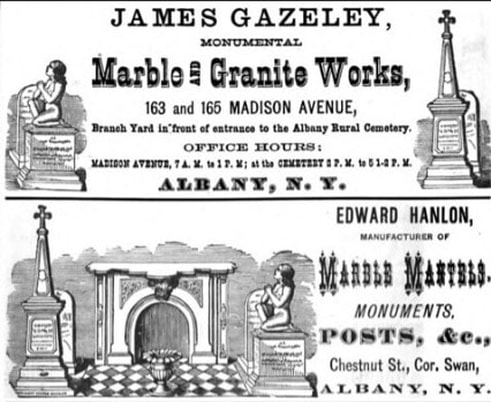






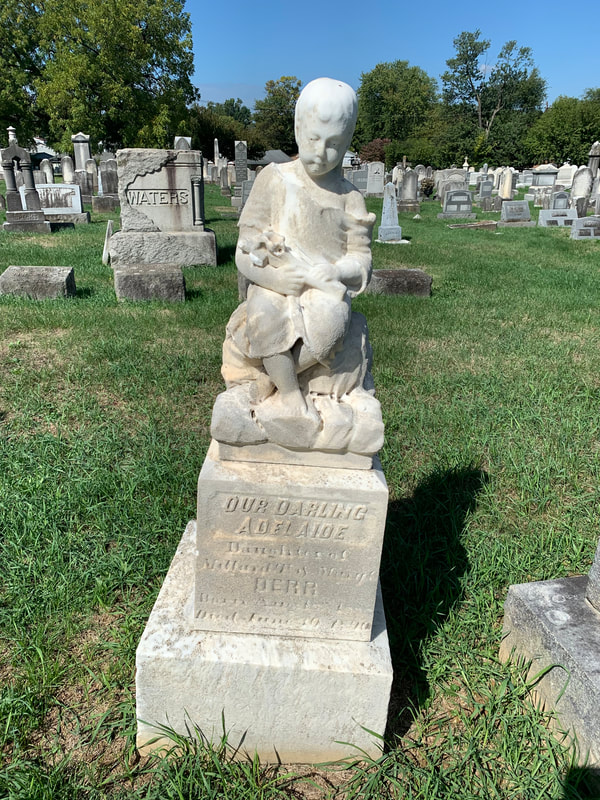






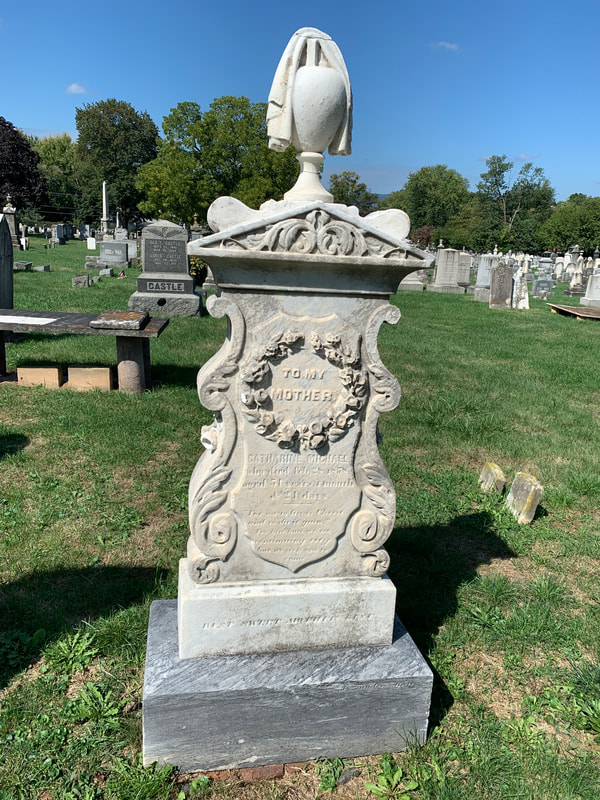

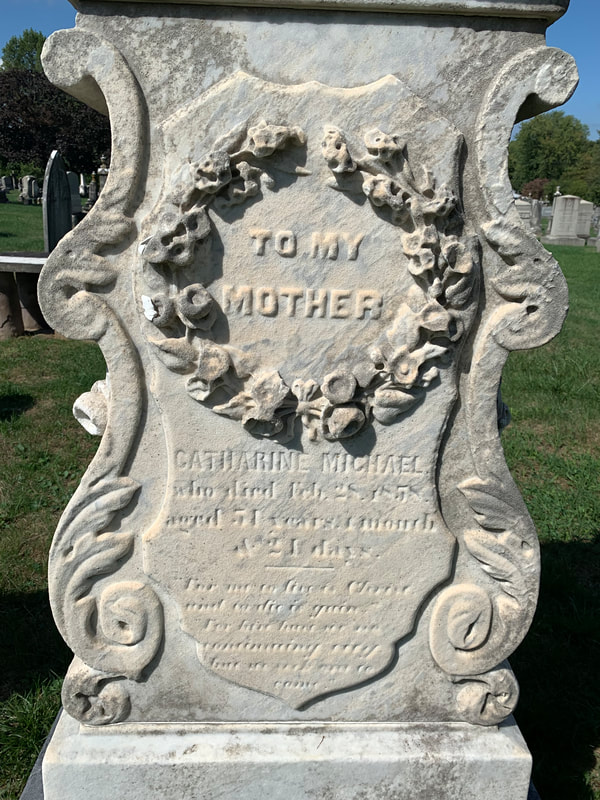











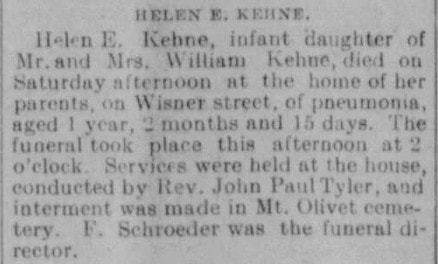







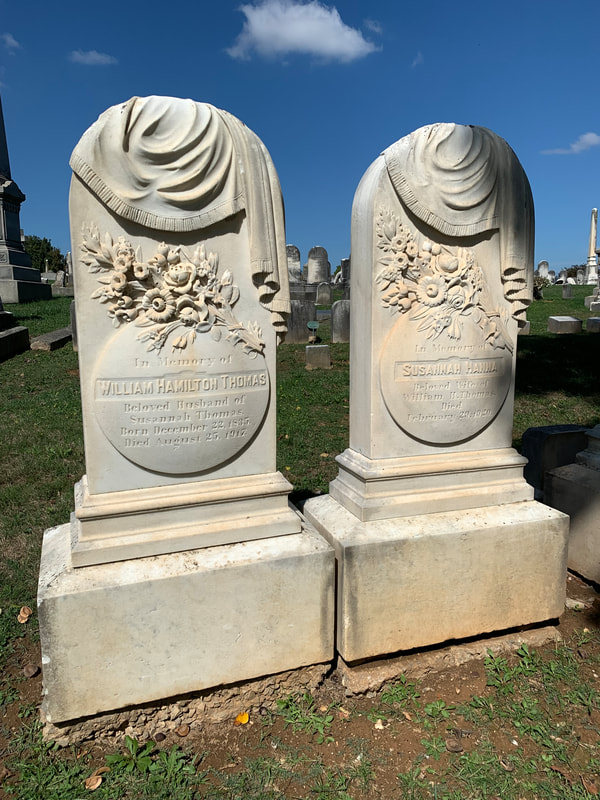

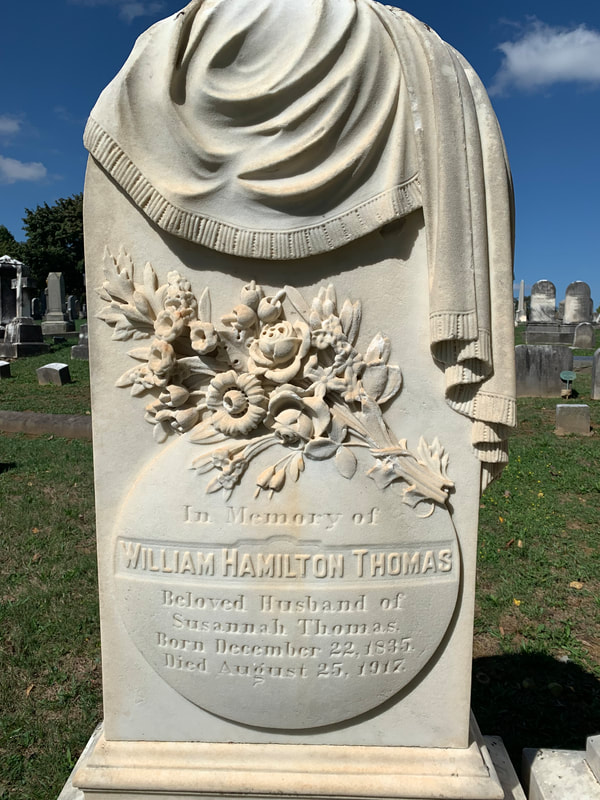
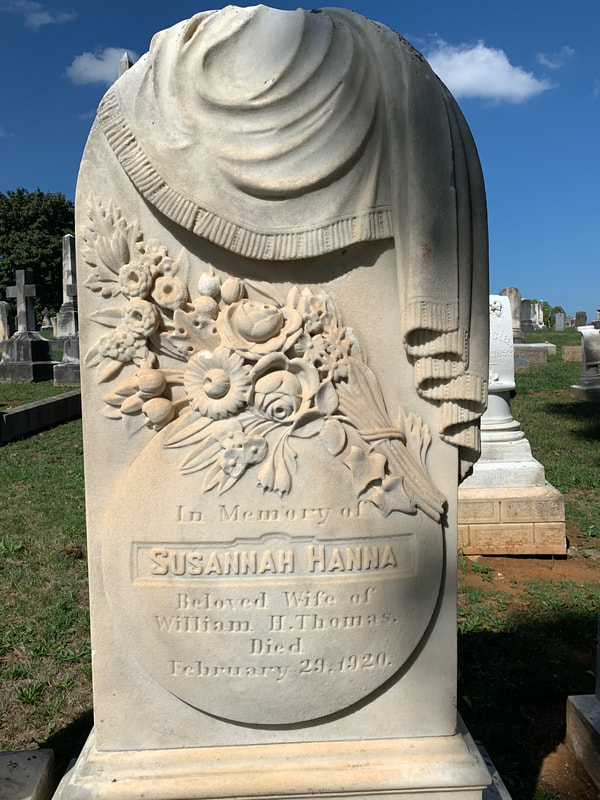



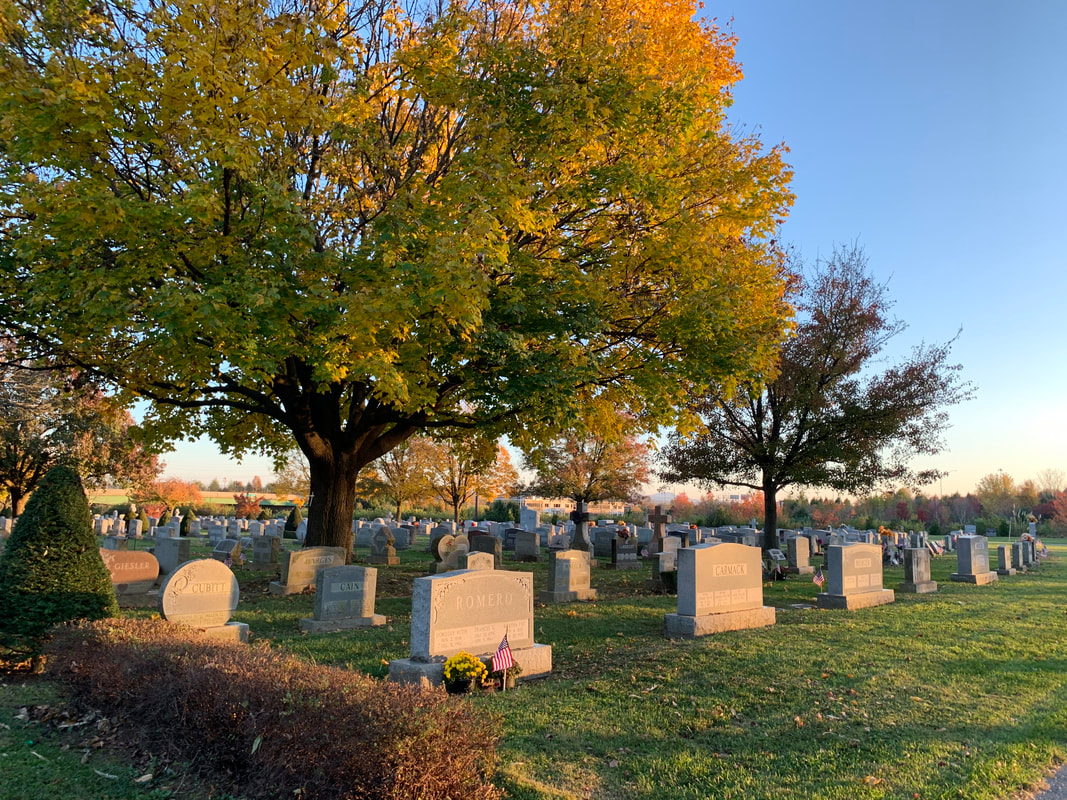



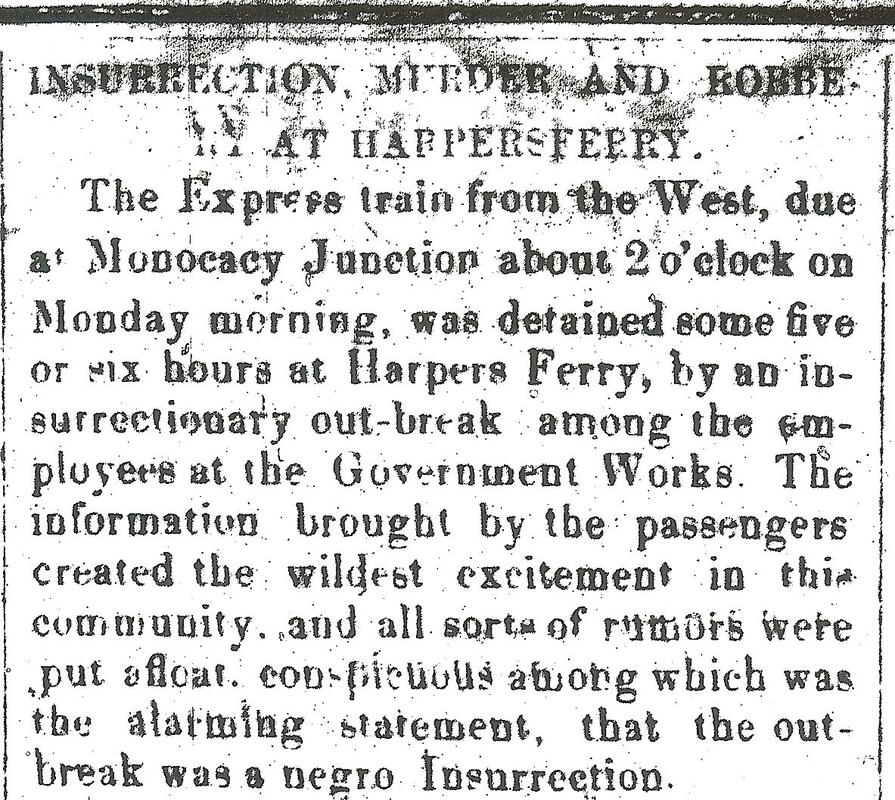







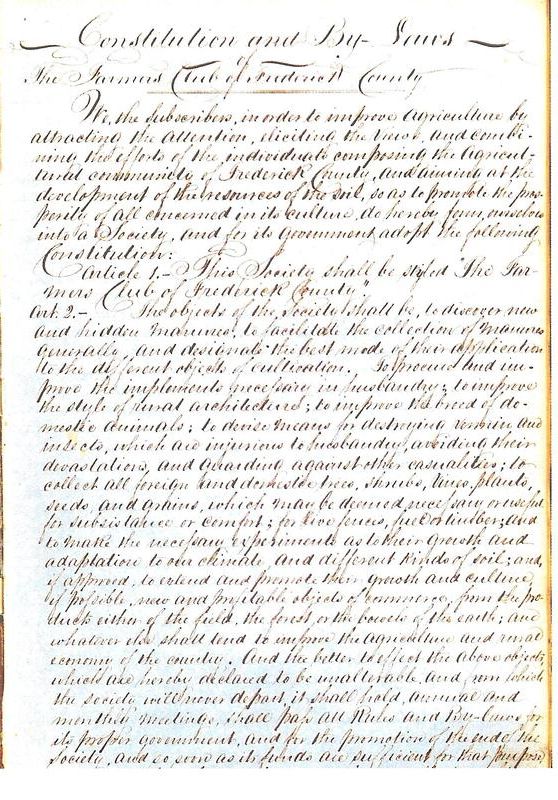





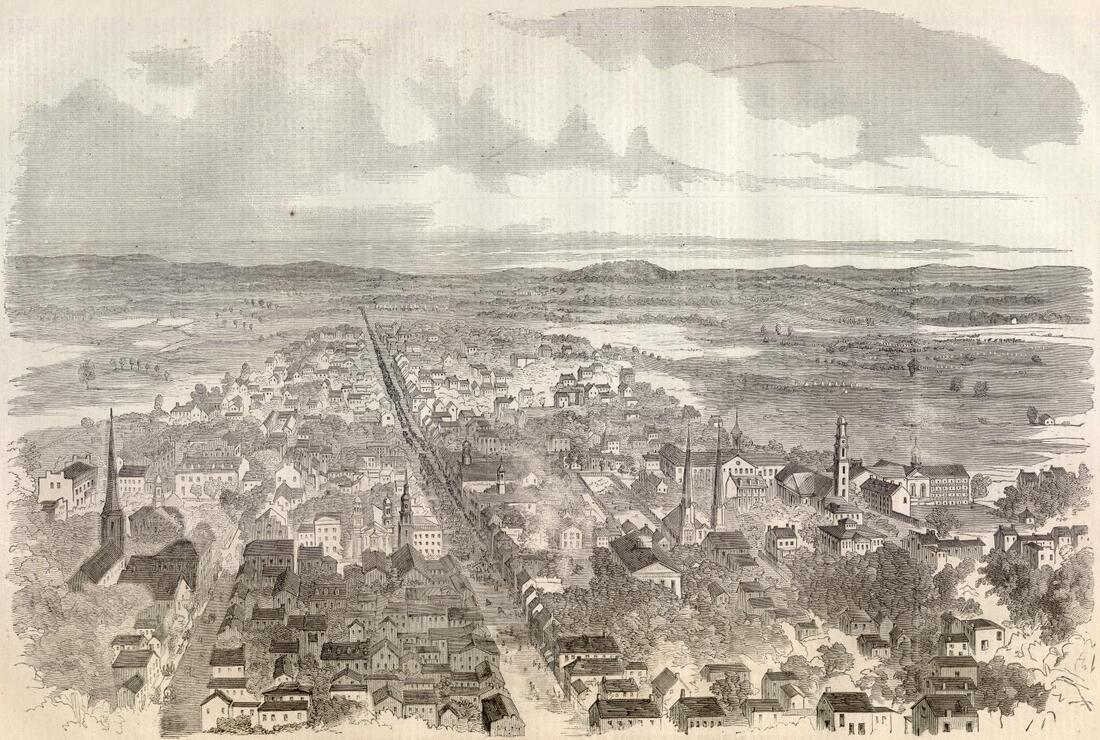




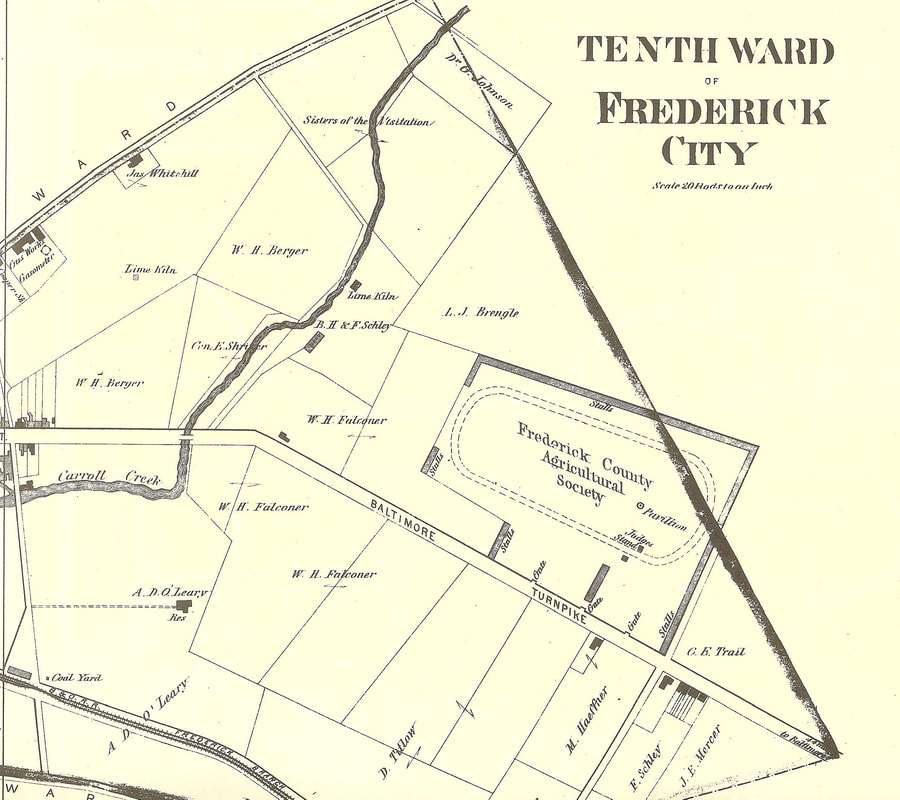




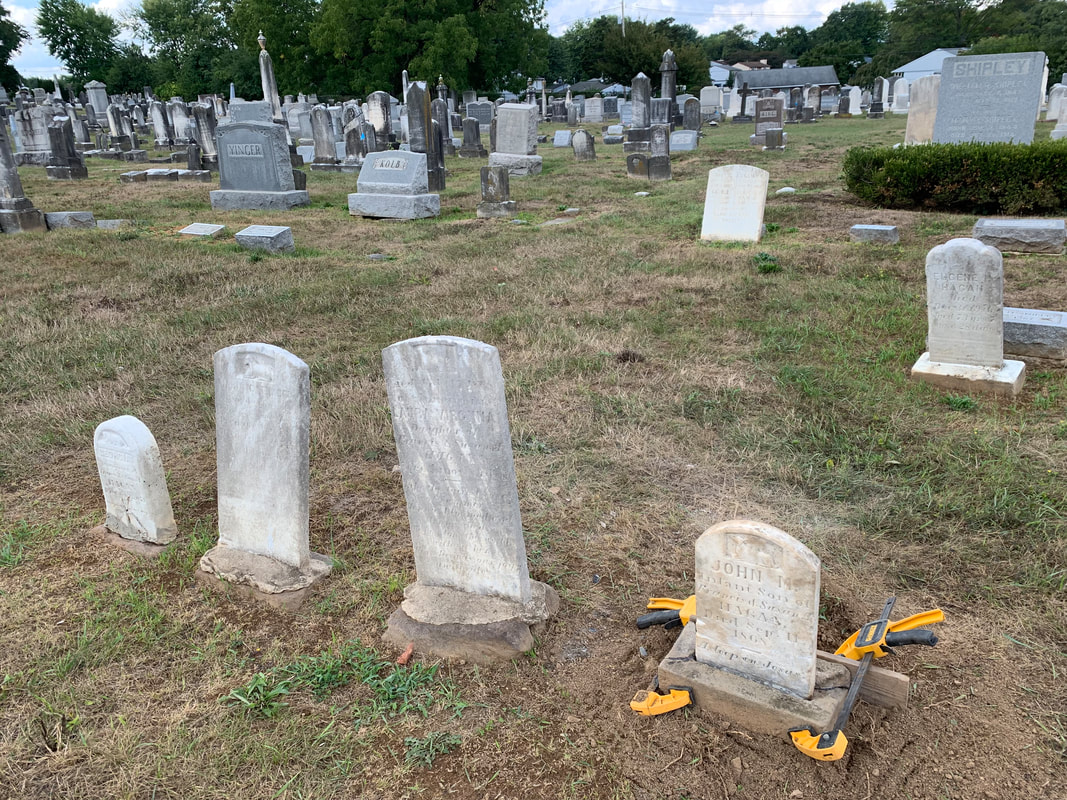

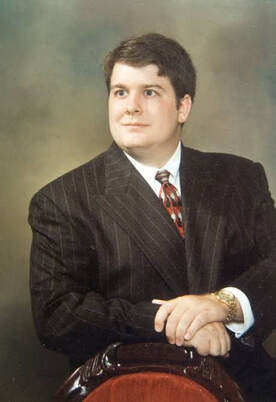
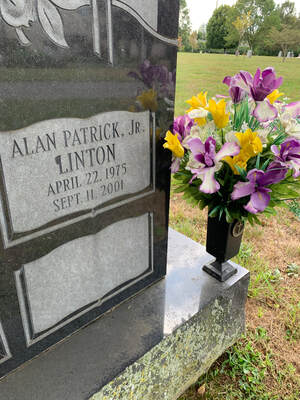


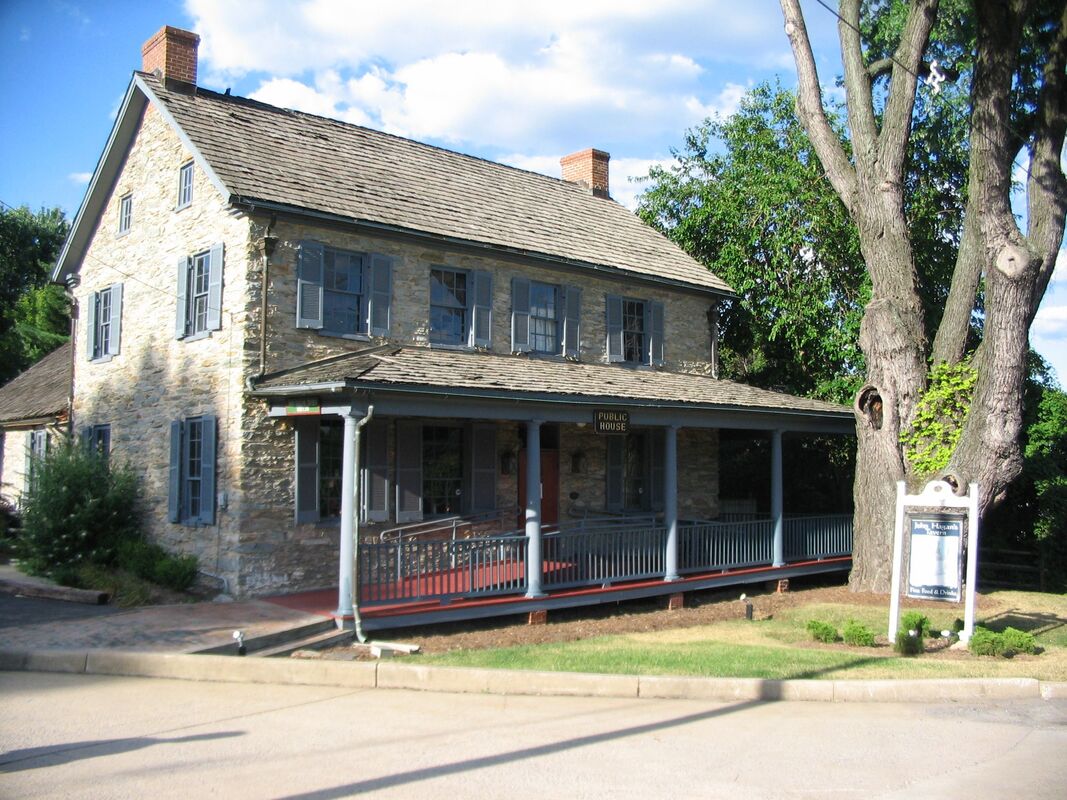






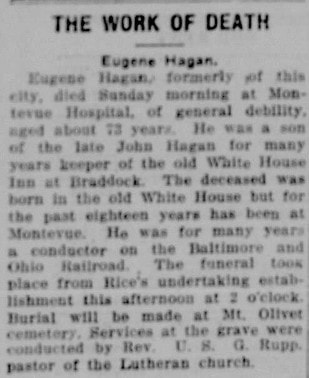
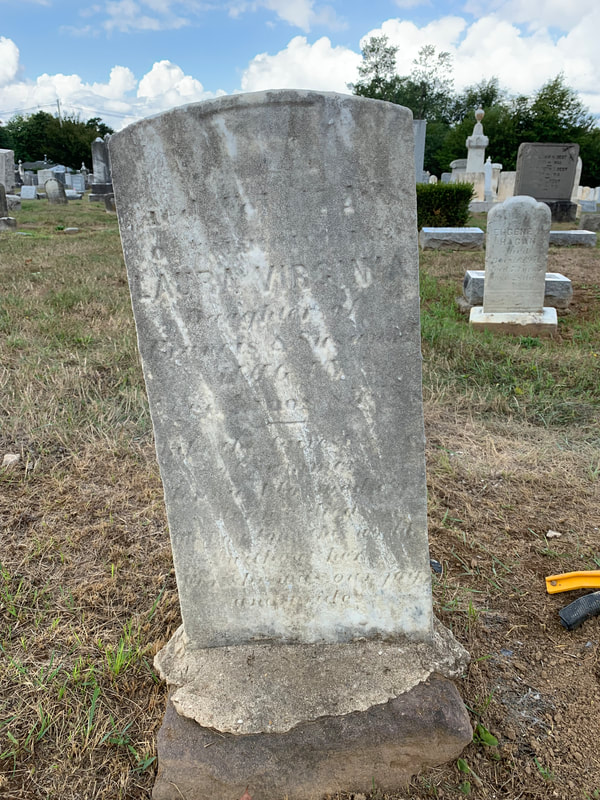















 RSS Feed
RSS Feed